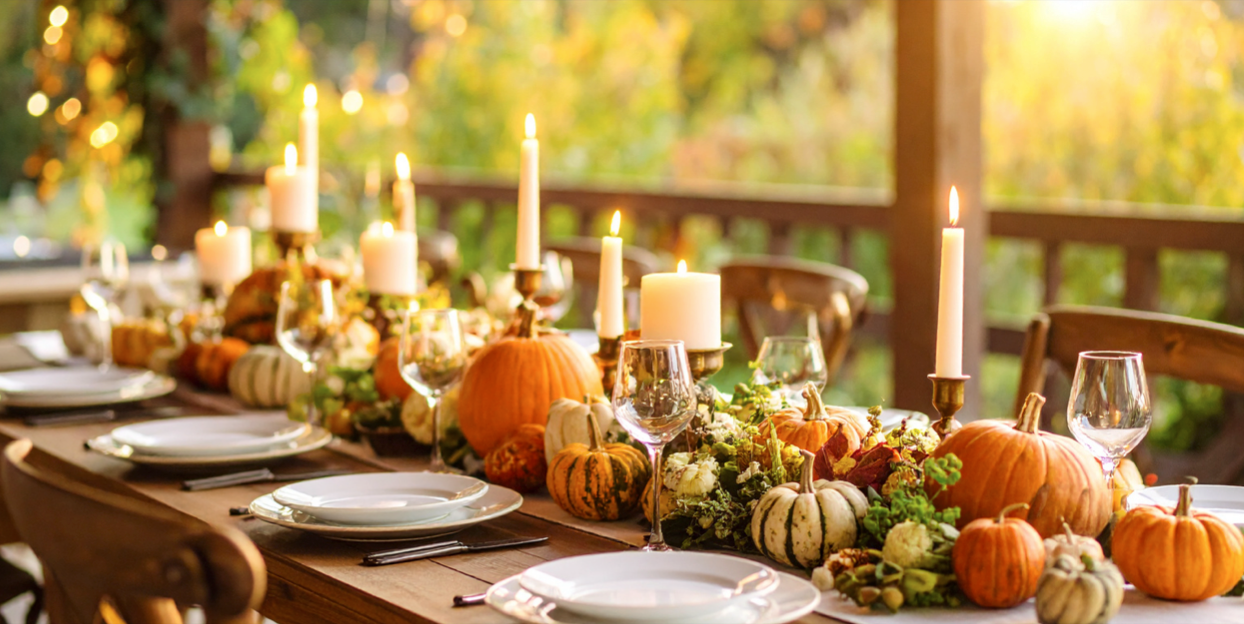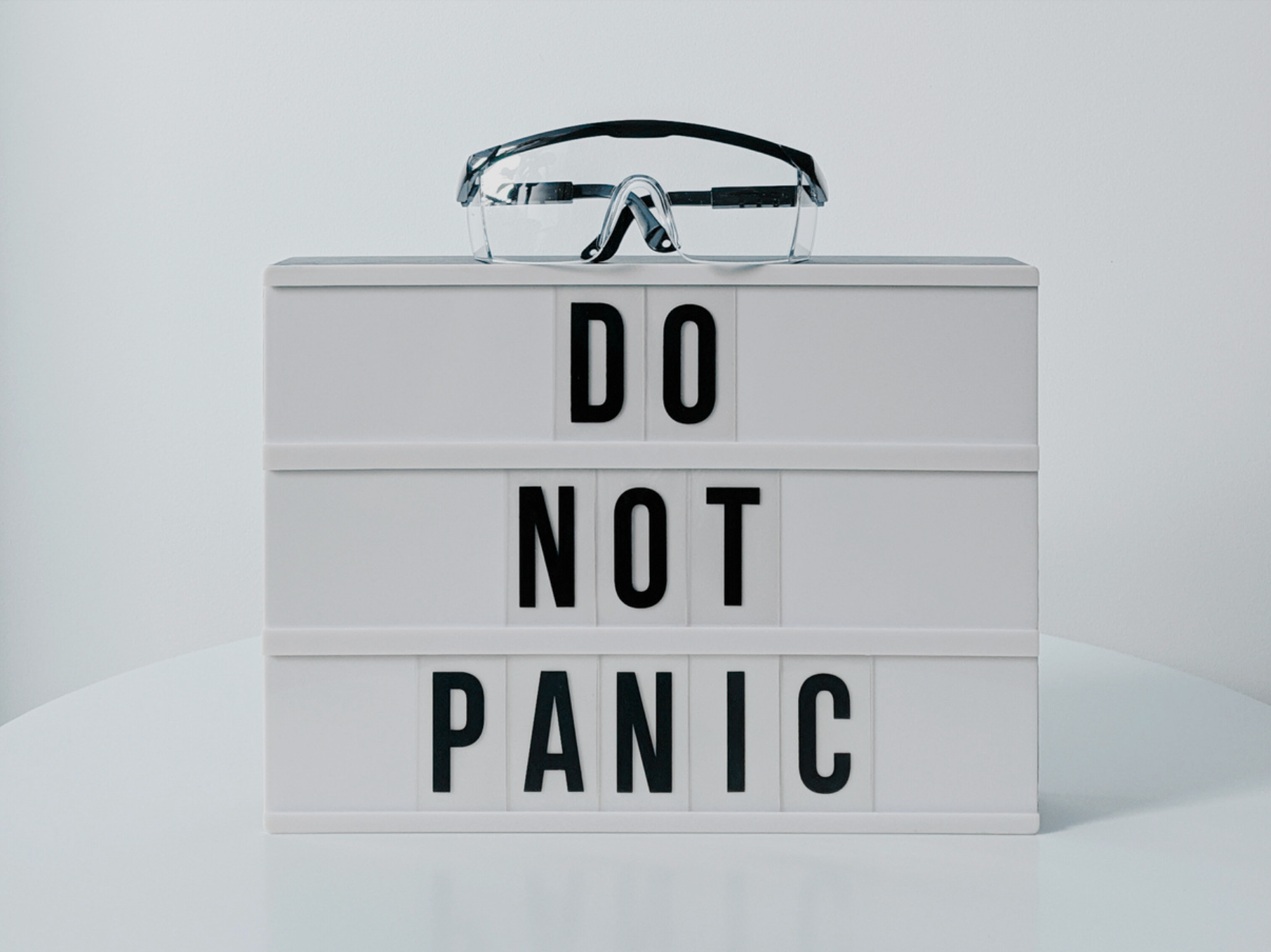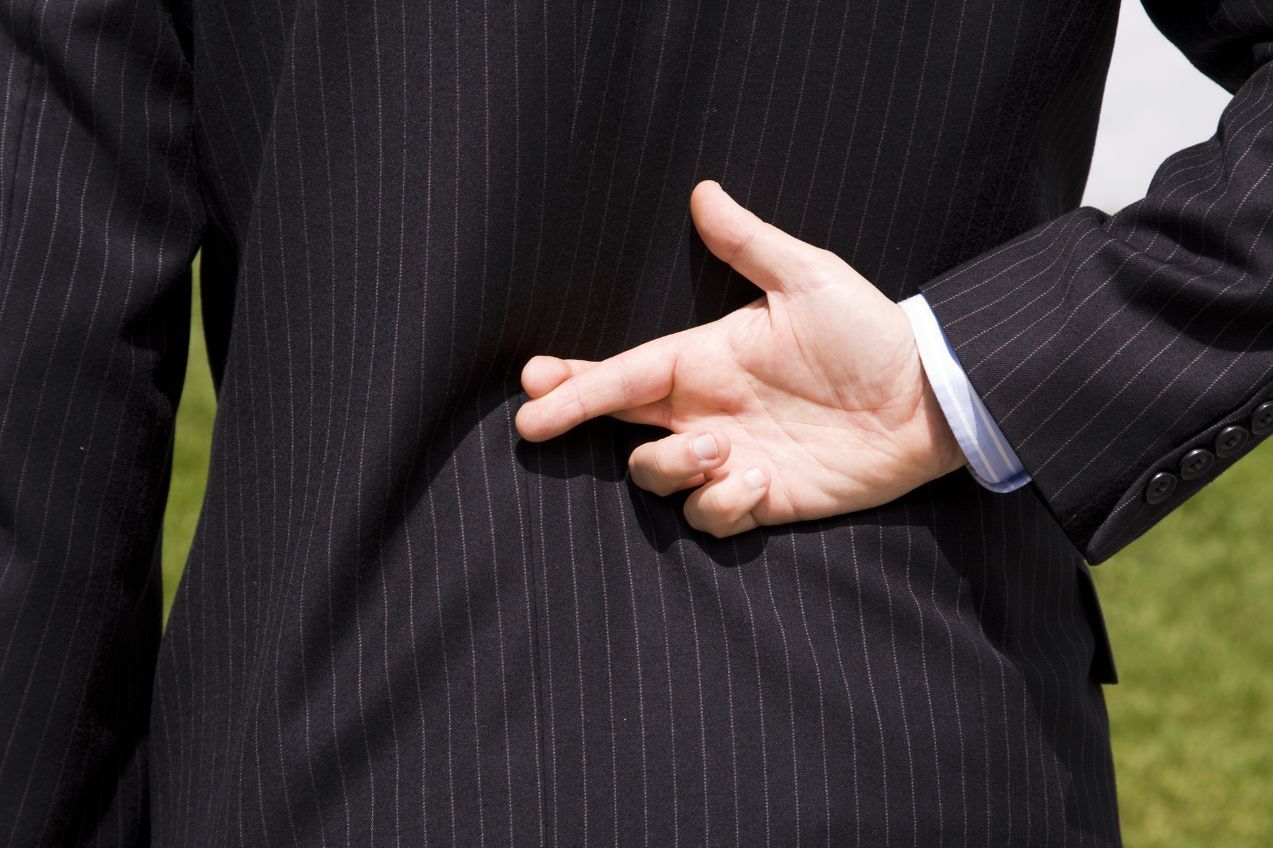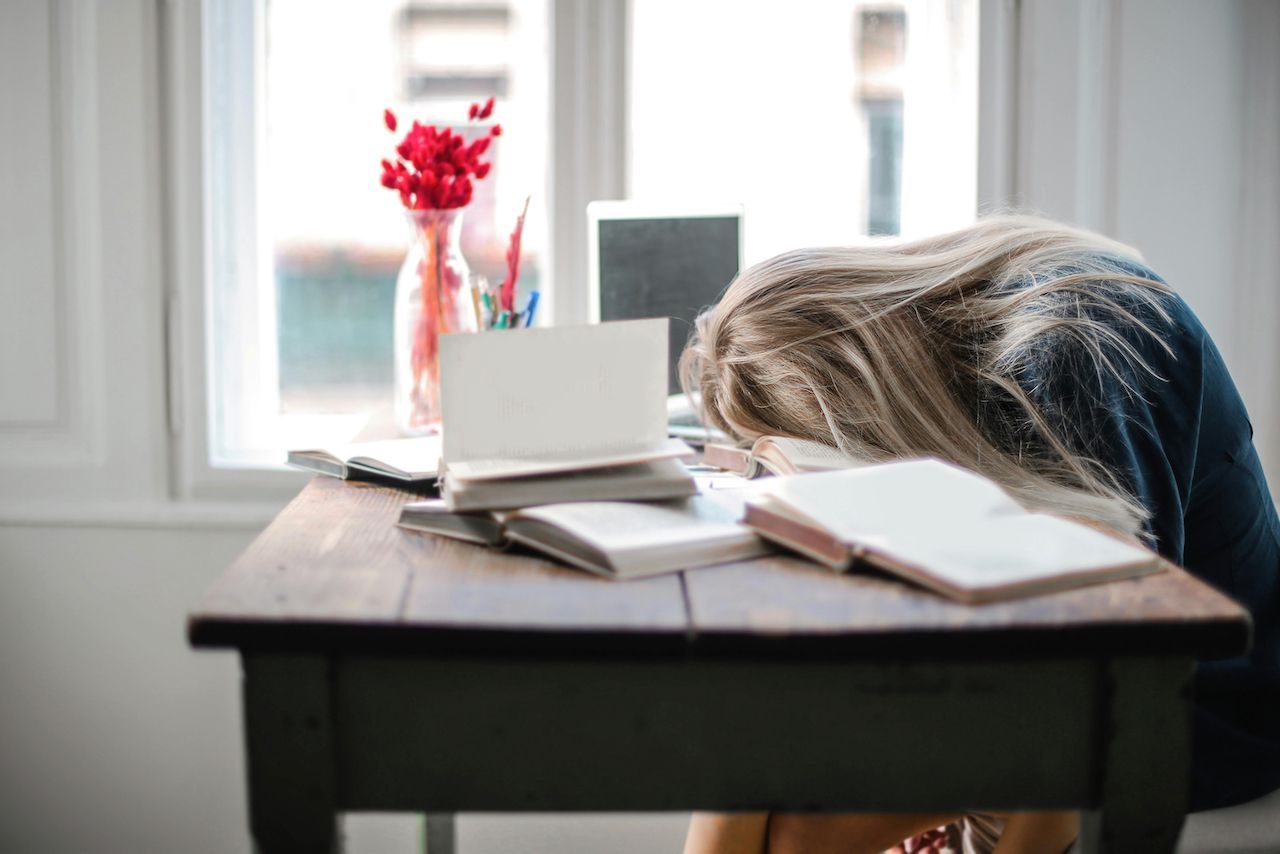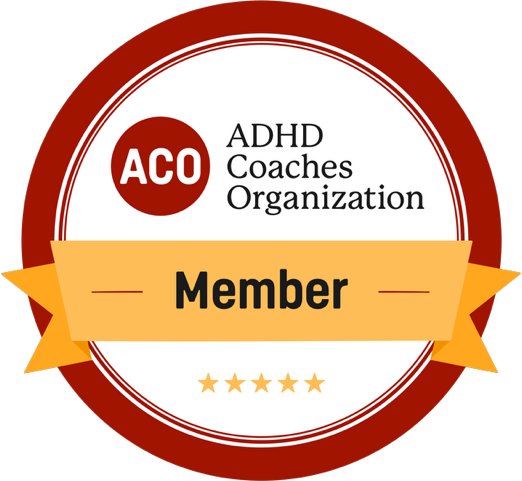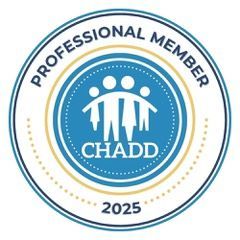Making Movement Happen: ADHD-Friendly Strategies to Build a Sustainable Exercise Habit
If you live with ADHD, you’ve probably heard it before: exercise can be one of the most powerful tools for managing symptoms. And it’s true—vigorous movement supports emotional regulation, focus, executive function, and even sleep. But knowing that something is helpful doesn’t always make it easier to do. Especially when you’re balancing a demanding job, an overflowing to-do list, and the internal tug-of-war between what matters and what gets done.
For many of my clients (and let’s be honest—me too, sometimes), movement doesn’t fall apart because they don’t care. It’s one of those things that gets bumped down the priority list. Not because it’s not important—but because ADHD, a demanding career, people-pleasing, or a nervous system that's already on edge before the day even begins, makes it genuinely hard to start, protect the time, and come back when you’ve fallen off track. Add in perfectionism or all-or-nothing thinking, and movement might get postponed until there’s a perfect moment—which rarely comes.
Sometimes we have to start small. One common internal script is: “What’s the point of just 10 squats?”
Here’s the truth: 10 squats might not transform your health—but it does do something. It starts a new pattern. It breaks the inertia. It gives your brain and body a chance to reconnect. Small movement moments act as building blocks or holding spaces—anchors you can expand from when the timing, energy, or structure align. And more importantly, it sends the message: “I’m someone who moves. I’m allowed to take care of myself.”
If this sounds familiar, you’re not alone—and there’s a path forward.
Movement isn’t about chasing discipline. It’s about honoring your brain and your bandwidth. That’s why I created the free handout Making Movement Happen—a simple one-page resource with ADHD-friendly strategies that lower the barrier to entry and meet you where you are. You’ll find practical tips and bite-sized ideas designed to reduce friction and help you build a movement practice that’s supportive, not punishing.
Reconnect to Your “Why”—Often
ADHD brains thrive on emotional connection. You might know exercise helps, but you won’t consistently follow through unless it feels meaningful. That means revisiting your "why" regularly.
Ask yourself:
- What do I feel like after I move my body?
- What does exercise help me do or be that matters to me?
- How does movement support my ability to show up in other parts of my life?
Then keep that insight visible—a post-it on the bathroom mirror, a phone lock screen, or a simple mantra like (or multiple that you rotate so they don’t become invisible!):
“Movement is how I get my mind back.”
“I move so I can focus. I move so I can be more me.”
Shrink the Task
Many people fall into the all-or-nothing trap: “If I can’t do 45 minutes, it’s not worth it.” But movement doesn’t need to be big or formal to count.
- 5 minutes of movement is movement.
- 10 squats between meetings is movement.
- Dancing to a single song = nervous system reset.
When in doubt, tell yourself:
“I don’t need to finish a workout—I just need to
start
moving.”
Make a Movement Menu
Decision-making can be a huge barrier for ADHD brains. Instead of wondering what kind of workout to do every day, pre-decide.
Make a “movement menu” with:
- 3–5 energizing options (e.g. spin bike, strength class, run)
- 2–3 gentle options (e.g. yoga, stretching, walk + podcast)
- 1 “emergency” fallback (e.g. shake it out for 2 minutes, squats while brushing your teeth)
Put the list on your fridge, calendar, or notes app so it’s easy to access when your brain is tired.
Tie It to Something You Already Do
One of the best ways to create a habit is to anchor it to something that already happens automatically. This is called habit stacking, and it can bypass some of the executive function hurdles of planning and remembering.
Examples:
- After I make my morning coffee, I do 3 minutes of movement.
- When I finish my last Zoom call, I put on sneakers and go outside.
- After I put the laundry in, I stretch or dance for one song.
Small, doable, automatic.
Schedule It Like It Matters—Because It Does
If you’re a people pleaser, a parent, or someone in a caregiving or leadership role, you may feel like your time isn’t fully yours. But here's the truth: movement is not indulgent—it’s maintenance.
Try:
- Blocking your calendar with your workout and labeling it “brain care” or “focus reset”
- Saying, “I have something scheduled” when others ask for your time during that window
- Reminding yourself: I show up better for others when I’ve moved my body
Create Gentle Accountability
You don’t need a drill sergeant—but some structure helps. Try:
- Tracking how you feel after you exercise (even 1–2 words)
- Sharing your wins or roadblocks with a coach, friend, or tracker app
- Planning your movement at the start of the week, not in the moment
And if you miss a day? You’re human. We all need routines for getting back into routine. Choose a strategy and come back tomorrow.
Final Thoughts
If you’ve struggled with consistency, judgment, or feeling like you have to earn the right conditions to move your body, this handout is for you. Start small. Stay connected to your why. Build systems that make it easier to say yes to yourself.
It’s not about doing more. It’s about doing just enough to create momentum.
Because your body deserves to move—not when things are perfect, but because things are hard.
Want support with follow-through, focus, or getting unstuck?
Explore my
free resources or
connect and explore therapy and coaching options. You don’t have to figure it out alone.

